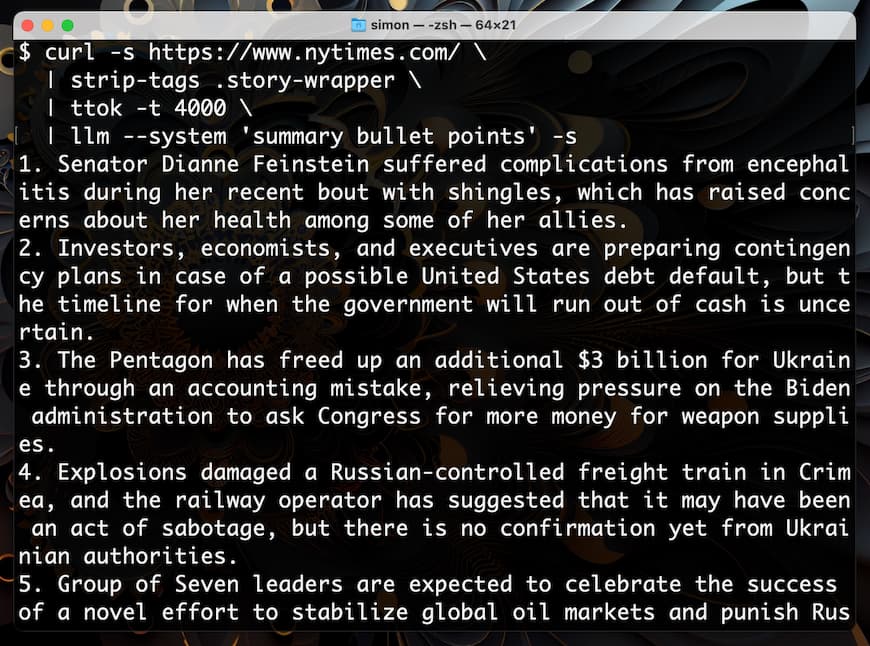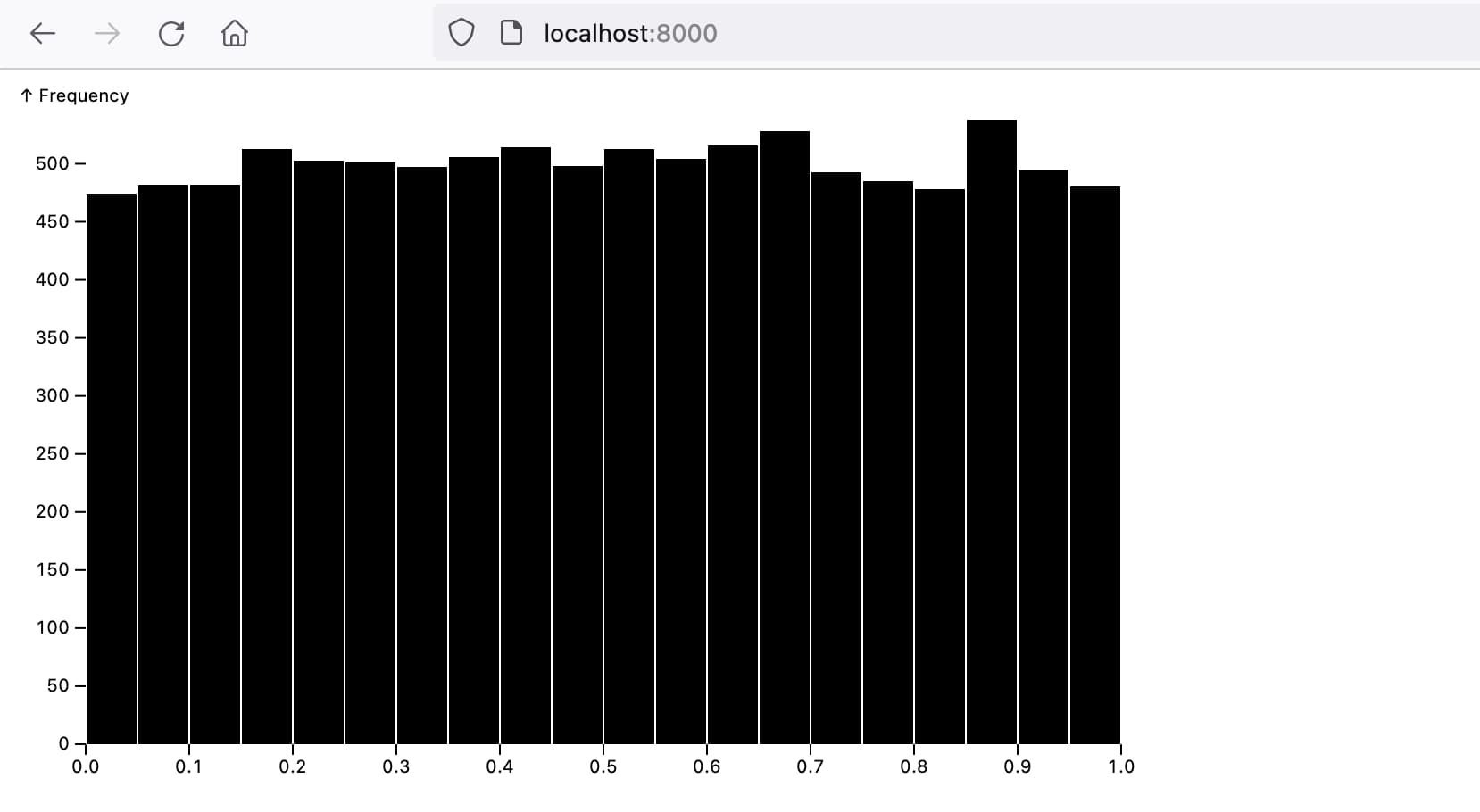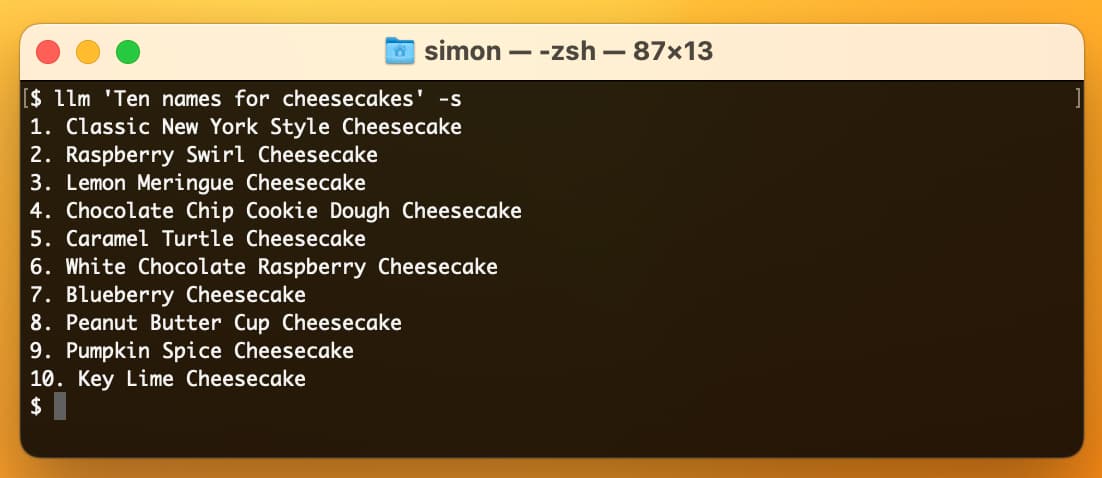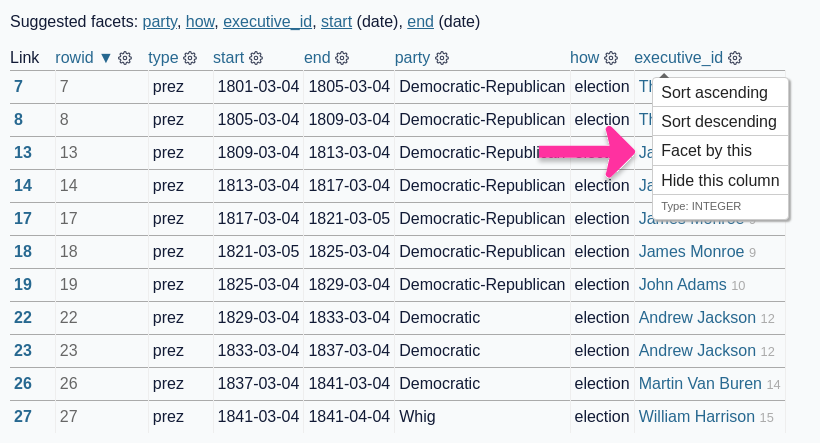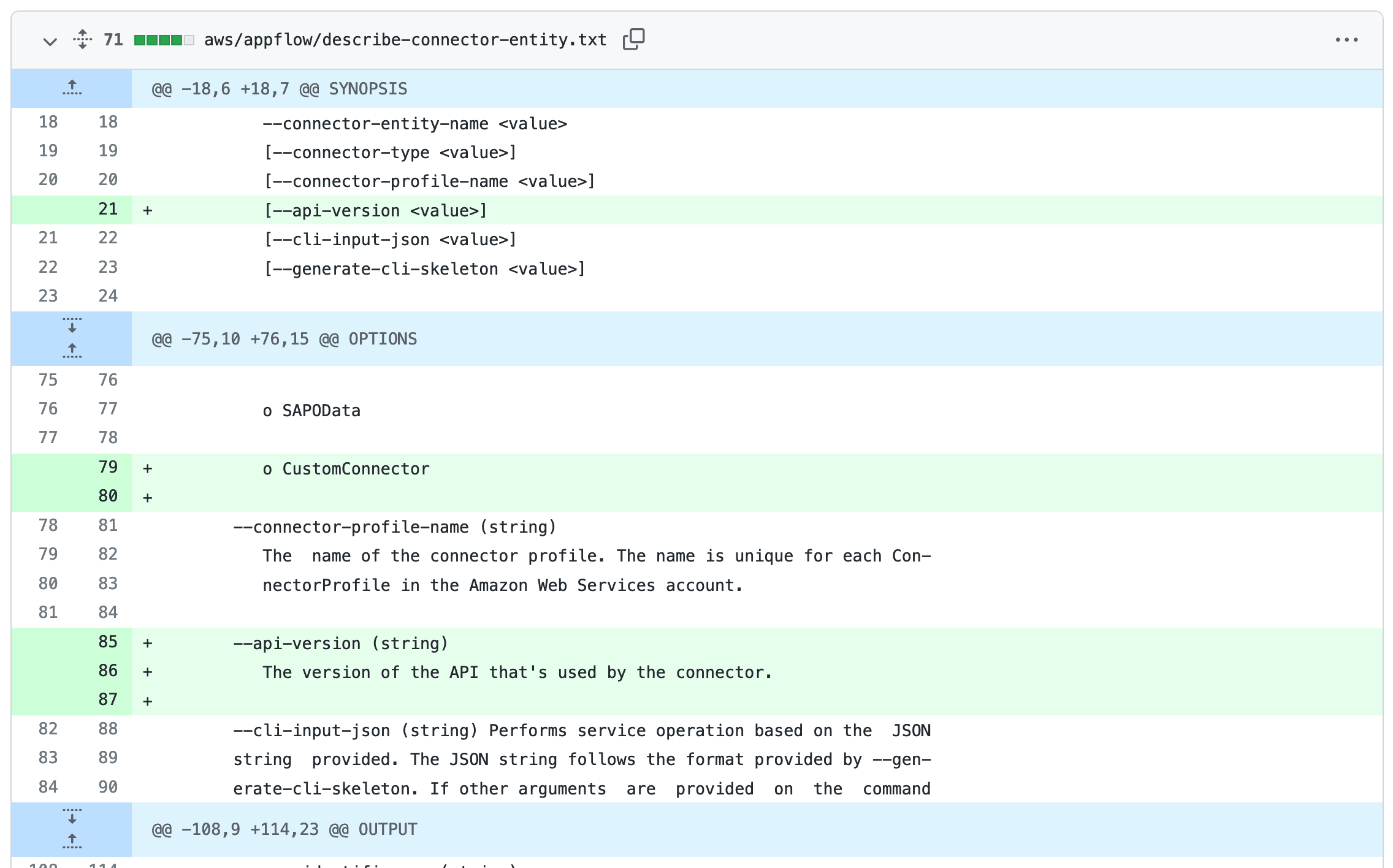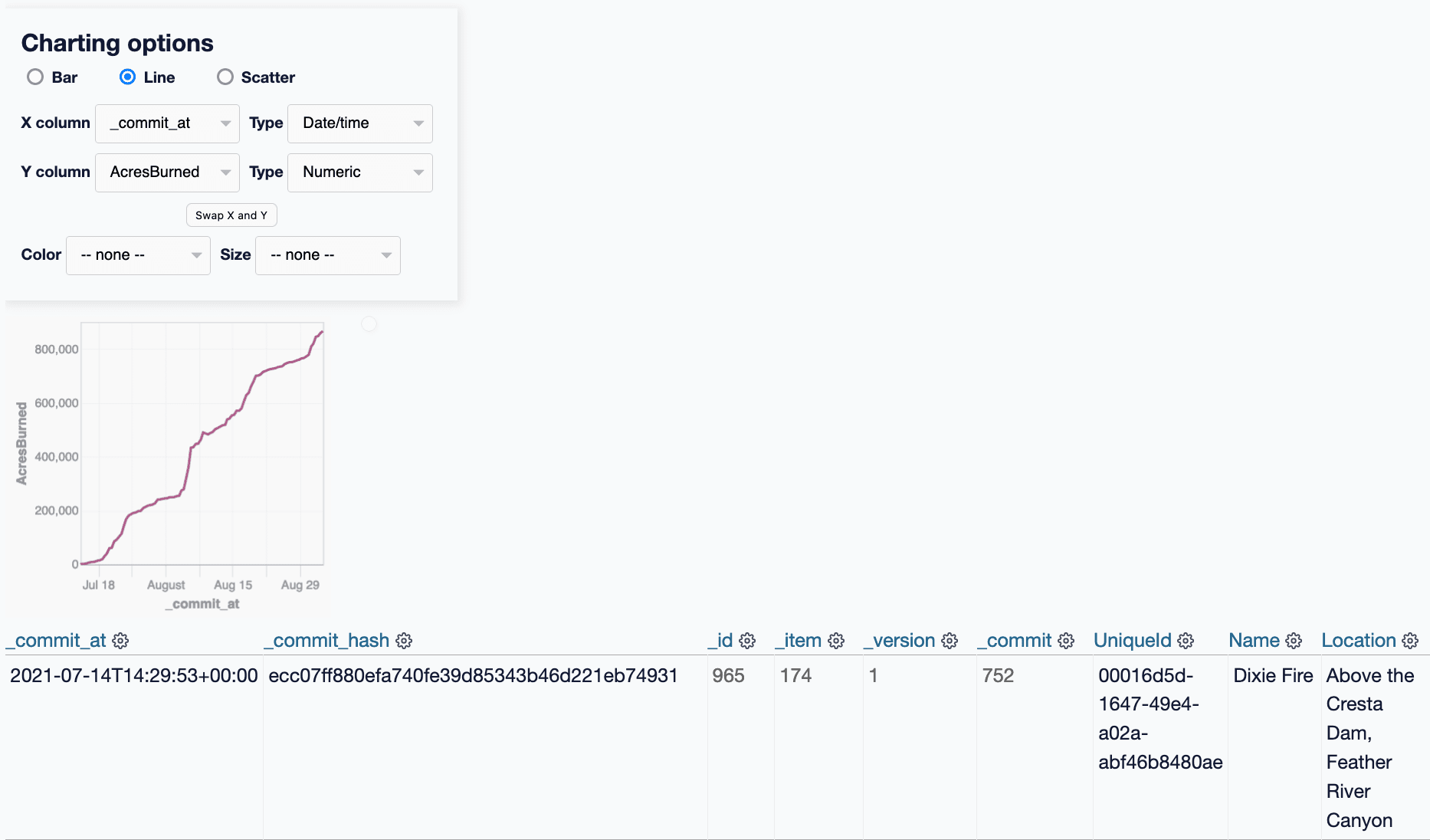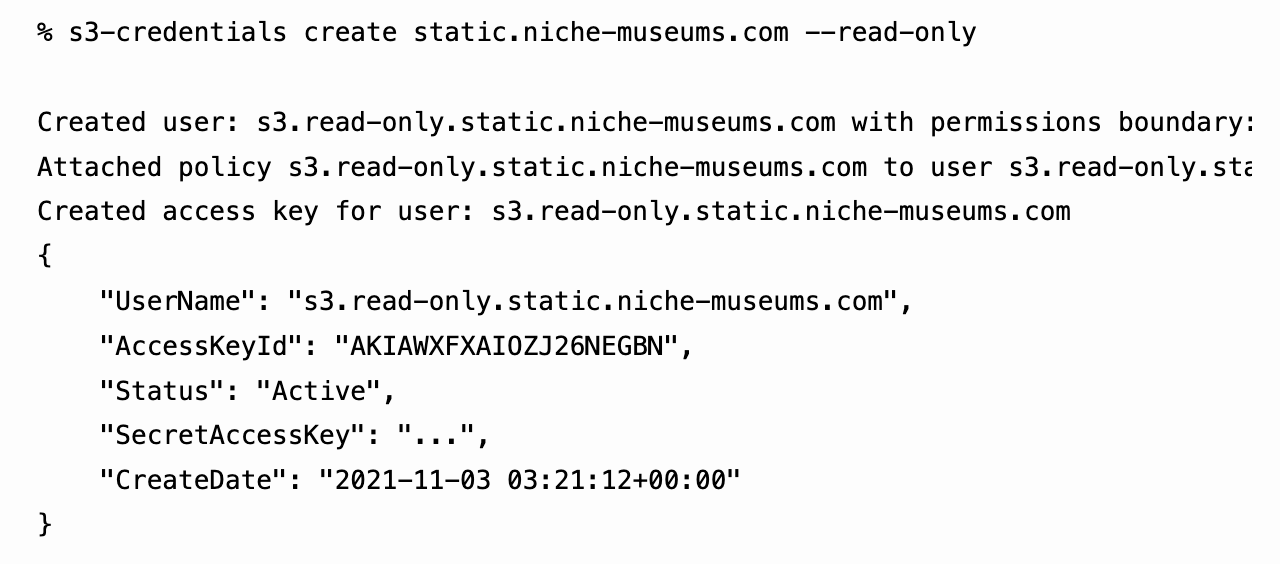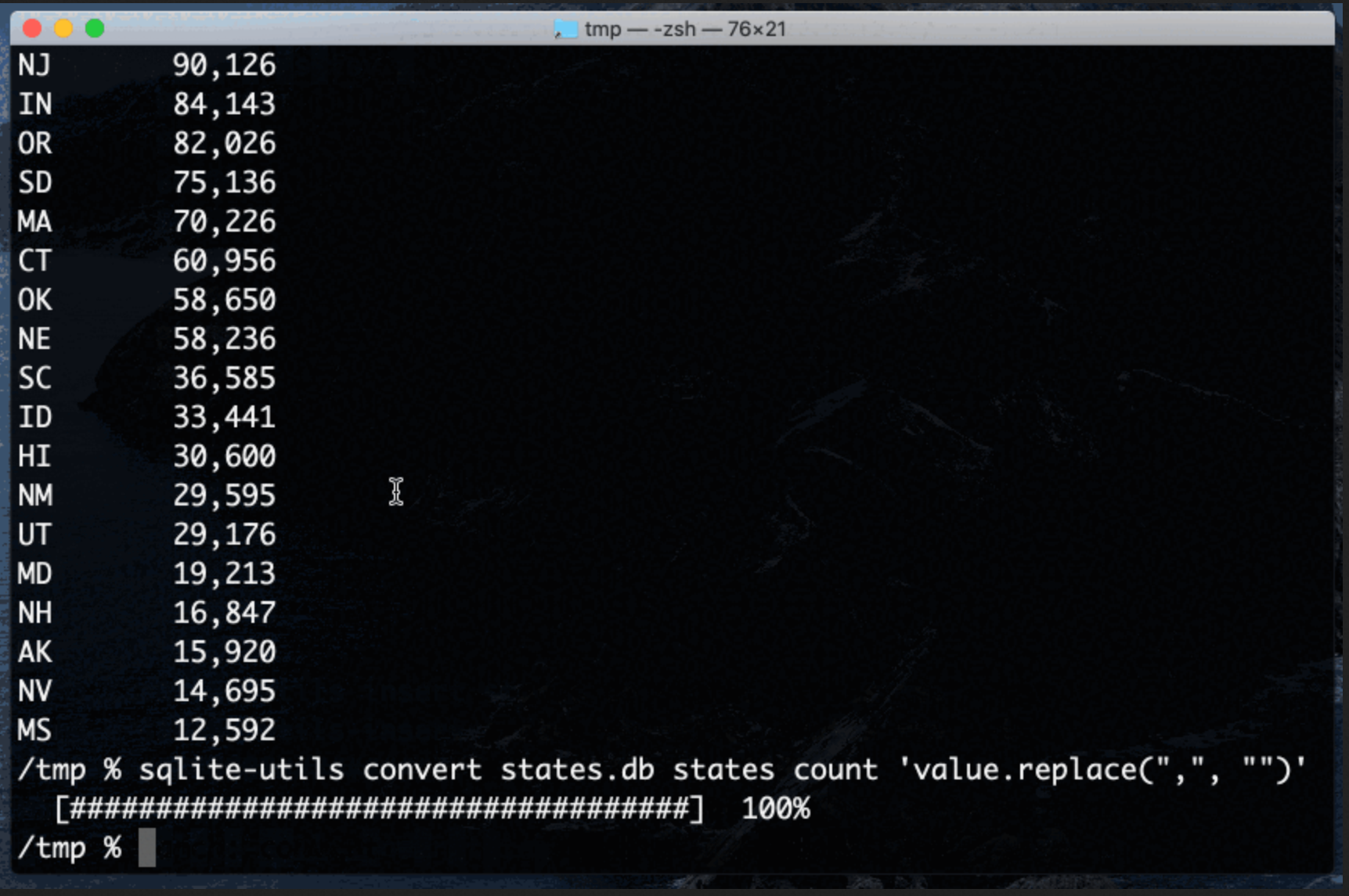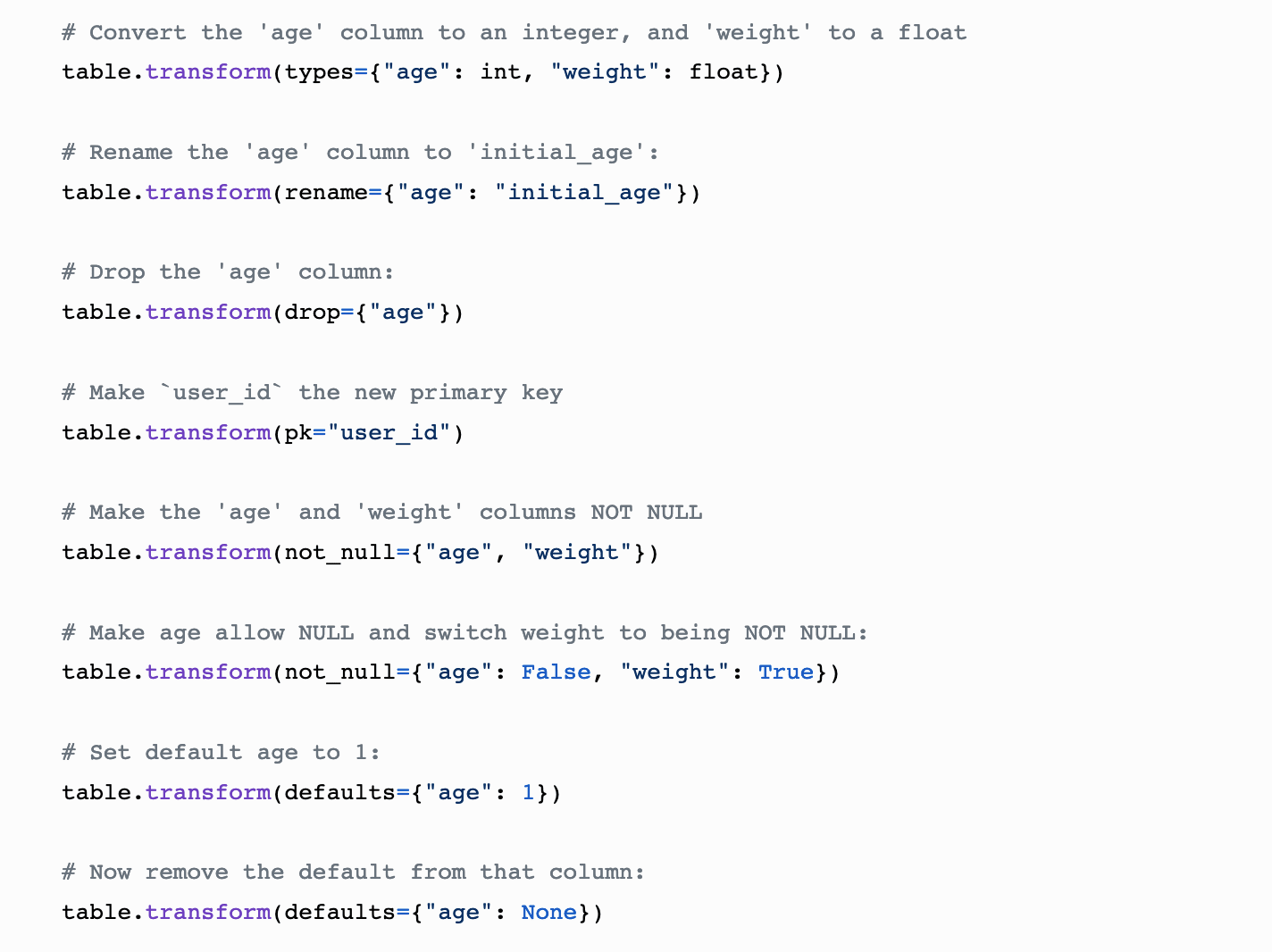108 posts tagged “cli”
Command-line interface tools and how to build them.
2023
llm, ttok and strip-tags—CLI tools for working with ChatGPT and other LLMs
I’ve been building out a small suite of command-line tools for working with ChatGPT, GPT-4 and potentially other language models in the future.
[... 1,328 words]Seashells. This is a really useful tool for monitoring the status of a long-running CLI script on another device. You can run any command and pipe its output to “nc seashells.io 1337”—which will then return the URL to a temporary web page which you can view on another device (including a mobile phone) to see the constantly updating output of that command.
download-esm: a tool for downloading ECMAScript modules
I’ve built a new CLI tool, download-esm, which takes the name of an npm package and will attempt to download the ECMAScript module version of that package, plus all of its dependencies, directly from the jsDelivr CDN—and then rewrite all of the import statements to point to those local copies.
[... 1,240 words]Weeknotes: A new llm CLI tool, plus automating my weeknotes and newsletter
I started publishing weeknotes in 2019 partly as a way to hold myself accountable but mainly as a way to encourage myself to write more.
[... 830 words]scrapeghost (via) Scraping is a really interesting application for large language model tools like GPT3. James Turk’s scrapeghost is a very neatly designed entrant into this space—it’s a Python library and CLI tool that can be pointed at any URL and given a roughly defined schema (using a neat mini schema language) which will then use GPT3 to scrape the page and try to return the results in the supplied format.
textra (via) Tiny (432KB) macOS binary CLI tool by Dylan Freedman which produces high quality text extraction from PDFs, images and even audio files using the VisionKit APIs in macOS 13 and higher. It handles handwriting too!
2022
shot-scraper 1.0 (via) Only a minor release in terms of features, but I decided that I’m comfortable enough with the CLI design at this point that I’m ready to stamp a 1.0 on it and commit to not making backwards-incompatible changes (at least without shipping a 2.0 release, which I’d like to avoid if possible).
dolthub/jsplit (via) Neat Go CLI tool for working with truly gigantic JSON files. This assumes files will be an object with one or more keys that are themselves huge lists of objects—it than extracts those lists out into one or more newline-delimited JSON files (capping their size at 4GB) which are much easier to work with as streams of data.
sqlite-utils: a nice way to import data into SQLite for analysis (via) Julia Evans on my sqlite-utils Python library and CLI tool.
Scraping web pages from the command line with shot-scraper
I’ve added a powerful new capability to my shot-scraper command line browser automation tool: you can now use it to load a web page in a headless browser, execute JavaScript to extract information and return that information back to the terminal as JSON.
[... 1,277 words]shot-scraper: automated screenshots for documentation, built on Playwright
shot-scraper is a new tool that I’ve built to help automate the process of keeping screenshots up-to-date in my documentation. It also doubles as a scraping tool—hence the name—which I picked as a complement to my git scraping and help scraping techniques.
[... 1,802 words]Help scraping: track changes to CLI tools by recording their --help using Git
I’ve been experimenting with a new variant of Git scraping this week which I’m calling Help scraping. The key idea is to track changes made to CLI tools over time by recording the output of their --help commands in a Git repository.
What’s new in sqlite-utils 3.20 and 3.21: --lines, --text, --convert
sqlite-utils is my combined CLI tool and Python library for manipulating SQLite databases. Consider this the annotated release notes for sqlite-utils 3.20 and 3.21, both released in the past week.
[... 2,456 words]2021
git-history: a tool for analyzing scraped data collected using Git and SQLite
I described Git scraping last year: a technique for writing scrapers where you periodically snapshot a source of data to a Git repository in order to record changes to that source over time.
[... 2,002 words]s3-credentials 0.8. The latest release of my s3-credentials CLI tool for creating S3 buckets with credentials to access them (with read-write, read-only or write-only policies) adds a new --public option for creating buckets that allow public access, such that anyone who knows a filename can download a file. The s3-credentials put-object command also now sets the appropriate Content-Type heading on the uploaded object.
jc (via) This is such a great idea: jc is a CLI tool which knows how to convert the output of dozens of different classic Unix utilities to JSON, so you can more easily process it programmatically, pipe it through jq and suchlike. “pipx install jc” to install, then “dig example.com | jc --dig” to try it out.
s3-credentials: a tool for creating credentials for S3 buckets
I’ve built a command-line tool called s3-credentials to solve a problem that’s been frustrating me for ages: how to quickly and easily create AWS credentials (an access key and secret key) that have permission to read or write from just a single S3 bucket.
[... 1,618 words]django-upgrade (via) Adam Johnson’s new CLI tool for upgrading Django projects by automatically applying changes to counter deprecations made in different versions of the framework. Uses the Python standard library tokenize module which gives it really quick performance in parsing and rewriting Python code. Exciting to see this kind of codemod approach becoming more common in Python world—JavaScript developers use this kind of thing a lot.
Apply conversion functions to data in SQLite columns with the sqlite-utils CLI tool
Earlier this week I released sqlite-utils 3.14 with a powerful new command-line tool: sqlite-utils convert, which applies a conversion function to data stored in a SQLite column.
2020
Discoverable CLIs have comprehensive help texts, provide lots of examples, suggest what command to run next, suggest what to do when there is an error. There are lots of ideas that can be stolen from GUIs to make CLIs easier to learn and use, even for power users.
Command Line Interface Guidelines (via) Aanand Prasad, Ben Firshman, Carl Tashian and Eva Parish provide the missing manual for designing CLI tools in 2020. Deeply researched and clearly presented—I picked up a bunch of useful tips and ideas from reading this, and I’m looking forward to applying them to my own CLI projects.
xml-analyser. In building evernote-to-sqlite I dusted off an ancient (2009) project I built that scans through an XML file and provides a summary of what elements are present in the document and how they relate to each other. I’ve now packaged it up as a CLI app and published it on PyPI.
Executing advanced ALTER TABLE operations in SQLite
SQLite’s ALTER TABLE has some significant limitations: it can’t drop columns (UPDATE: that was fixed in SQLite 3.35.0 in March 2021), it can’t alter NOT NULL status, it can’t change column types. Since I spend a lot of time with SQLite these days I’ve written some code to fix this—both from Python and as a command-line utility.
[... 689 words]pyp: Easily run Python at the shell (via) Fascinating little CLI utility which uses some deeply clever AST introspection to enable little Python one-liners that act as replacements for all manner of pipe-oriented unix utilities. Took me a while to understand how it works from the README, but then I looked at the code and the entire thing is only 380 lines long. There’s also a useful --explain option which outputs the Python source code that it would execute for a given command.
How to get Rich with Python (a terminal rendering library). Will McGugan introduces Rich, his new Python library for rendering content on the terminal. This is a very cool piece of software—out of the box it supports coloured text, emoji, tables, rendering Markdown, syntax highlighting code, rendering Python tracebacks, progress bars and more. “pip install rich” and then “python -m rich” to render a “test card” demo demonstrating the features of the library.
pup. This is a great idea: a command-line tool for parsing HTML on stdin using CSS selectors. It’s like jq but for HTML. Supports a sensible collection of selectors and has a number of output options for the selected nodes, including plain text and JSON. It also works as a simple pretty-printer for HTML.
geojson-to-sqlite (via) I just put out the first release of geojson-to-sqlite—a CLI tool that can convert GeoJSON files (consisting of a Feature or a set of features in a FeatureCollection) into a table in a SQLite database. If you use the --spatialite option it will initalize the table with SpatiaLite and store the geometries in a spacially indexed geometry field—without that option it stores them as GeoJSON.
2019
sqlite-transform. I released a new CLI tool today: sqlite-transform, which lets you run “transformations” against a SQLite database. I built it out of frustration of constantly running into CSV files that use horrible American date formatting—the “sqlite-transform parsedatetime my.db mytable col1” command runs dateutil’s parser against those columns and replaces them with a nice, sortable ISO formatted timestamp. I’ve also added a “sqlite-transform lambda” command that lets you specify Python code directly on the command-line that should be used to transform every value in a specified column.
goodreads-to-sqlite (via) This is so cool! Tobias Kunze built a Python CLI tool to import your Goodreads data into a SQLite database, inspired by github-to-sqlite and my various other Dogsheep tools. It’s the first Dogsheep style tool I’ve seen that wasn’t built by me—and Tobias’ write-up includes some neat examples of queries you can run against your Goodreads data. I’ve now started using Goodreads and I’m importing my books into my own private Dogsheep Datasette instance.
sqlite-utils 1.11. Amjith Ramanujam contributed an excellent new feature to sqlite-utils, which I’ve now released as part of version 1.11. Previously you could enable SQLite full-text-search on a table using the .enable_fts() method (or the “sqlite-utils enable-fts” CLI command) but it wouldn’t reflect future changes to the table—you had to use populate_fts() any time you inserted new records. Thanks to Amjith you can now pass create_triggers=True (or --create-triggers) to cause sqlite-utils to automatically add triggers that keeps the FTS index up-to-date any time a row is inserted, updated or deleted from the table.
